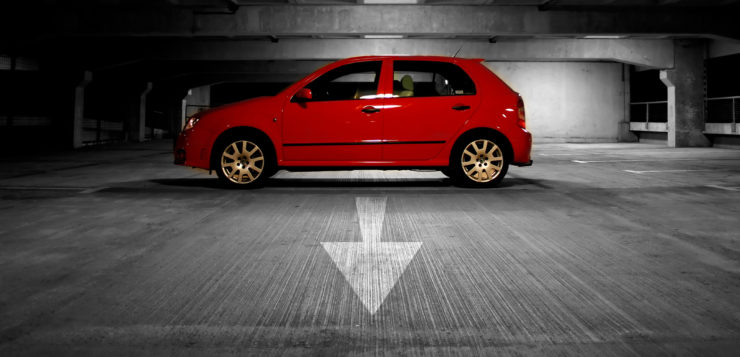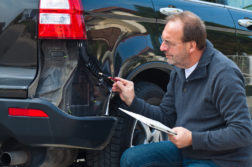Summer means days spent outside enjoying great weather, family holidays, and long drives. To ensure that these great times are not compromised in any way, we’d like to share a very important safety tip regarding your car’s tires. Remember to check the air pressure during summer as an overinflated or underinflated tire could cause problems on the road. Here is the information you need to drive safely.
Heat and Pressure
When the temperature rises, so does your tire pressure. Every time there’s a gain or drop in temperature by about 10°F, there’s a corresponding gain or drop of about 1 PSI in tire pressure. So if the temperature were to rise by about 20°F, you would see a corresponding 2 PSI rise in tire pressure.
Why Does It Matter?
When your car’s tires are inflated correctly, your car’s fuel economy improves, it handles better, it’s safer, the brakes respond better, and the ride quality improves as well. Tires are built to withstand some fluctuations in temperature and pressure, but they work best when they’re started off at the recommended pressure. It’s just like giving your body the right sort of nutrition in order to have it perform at optimum levels.
If your car’s tires are underinflated, more surface area of each tire will be in contact with the road. This will make your car’s response feel sluggish and decrease fuel economy. Every 1 PSI drop in pressure is estimated to reduce mileage by 0.2%. Underinflated tires also don’t last as long as tires would if they were always maintained at the correct pressure. This means that you’ll need to spend to buy newer tires more often than is normal.
If a tire is overinflated, less surface area of the tire will be in contact with the road. This can cause the tire to wear out prematurely and in an uneven manner, cause the car to handle and brake poorly, and compromise ride quality. It can also make the tire rigid and lose some flexibility making it more susceptible to damage from potholes and other debris on the road.
Before you head out, remember to always check the tire pressure. Ideally, keep a digital tire pressure gauge with you and test the pressure before you start driving. Check it in the morning before driving out for the day.




